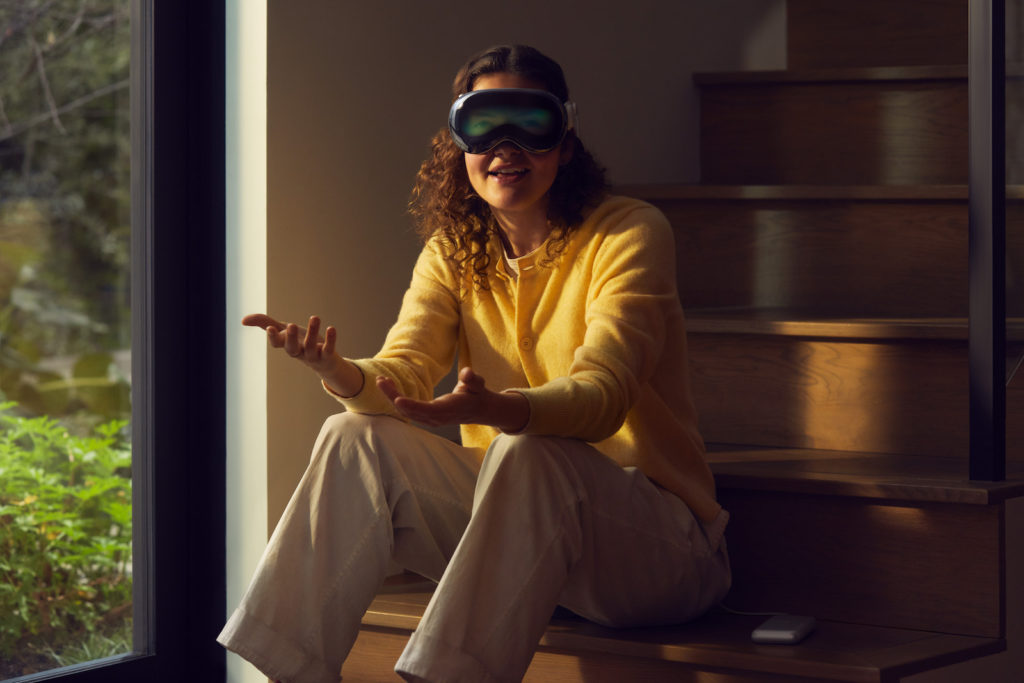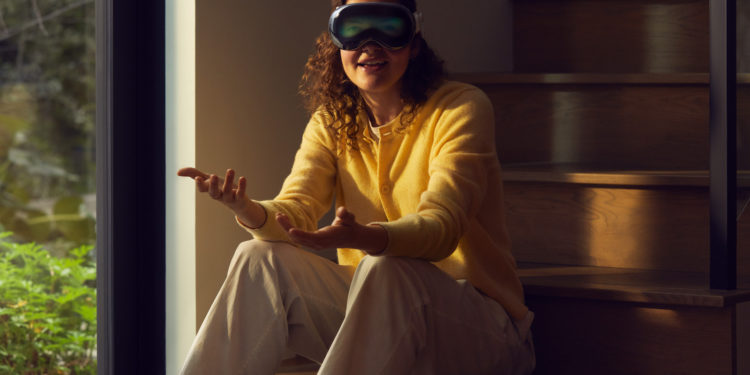Apple plans to launch a more affordable model of its next-generation Vision headset that relies on cost-saving measures. This decision is expected to exclude the EyeSight feature in order to reduce the price.
Although Apple is preparing its first Vision Pro headset for early next year, the company's teams are already focusing on the next generation. Mark Gurman of Bloomberg revealedthat Apple is working on a more cost-effective model while neglecting other initiatives such as the AR glasses project.
The EyeSight function and its savings potential
The company is targeting a price between $1500 and $2500 and plans to reduce costs by removing the EyeSight feature. The EyeSight feature uses an external OLED display to project the user's facial expressions to other people. This feature has limited use for the headset wearer, as it mainly helps other people in the room see what the Vision Pro user is doing. In immersive experiences, the display is dimmed anyway, and the user's eyes are rendered when viewing the pass-through video of the outside world.

How EyeSight technology works
EyeSight technology projects a three-dimensional representation of the user's face and eyes onto an outward-curving OLED panel to create the illusion of depth. The Vision Pro constantly tracks the user's position in space and adjusts the perspective accordingly. Since this technology comes at a cost, omitting the EyeSight feature could significantly reduce the price without significantly affecting the user experience. In addition to the more affordable model, Apple is also working on a high-end version of the second-generation Vision Pro, focusing on weight, comfort and improvements to the chip specifications.
Apple's vision for AR headsets
Apple's strategy to launch a lower-cost next-generation Vision headset without EyeSight functionality is aimed at strengthening its market position and offering a more attractive option to potential buyers. The decision to compromise on features that are less relevant in certain scenarios could make impressive augmented reality technology more accessible to a wider user base. At the same time, Apple is working on a high-end version to meet the needs of more demanding users. (Image: Apple)





